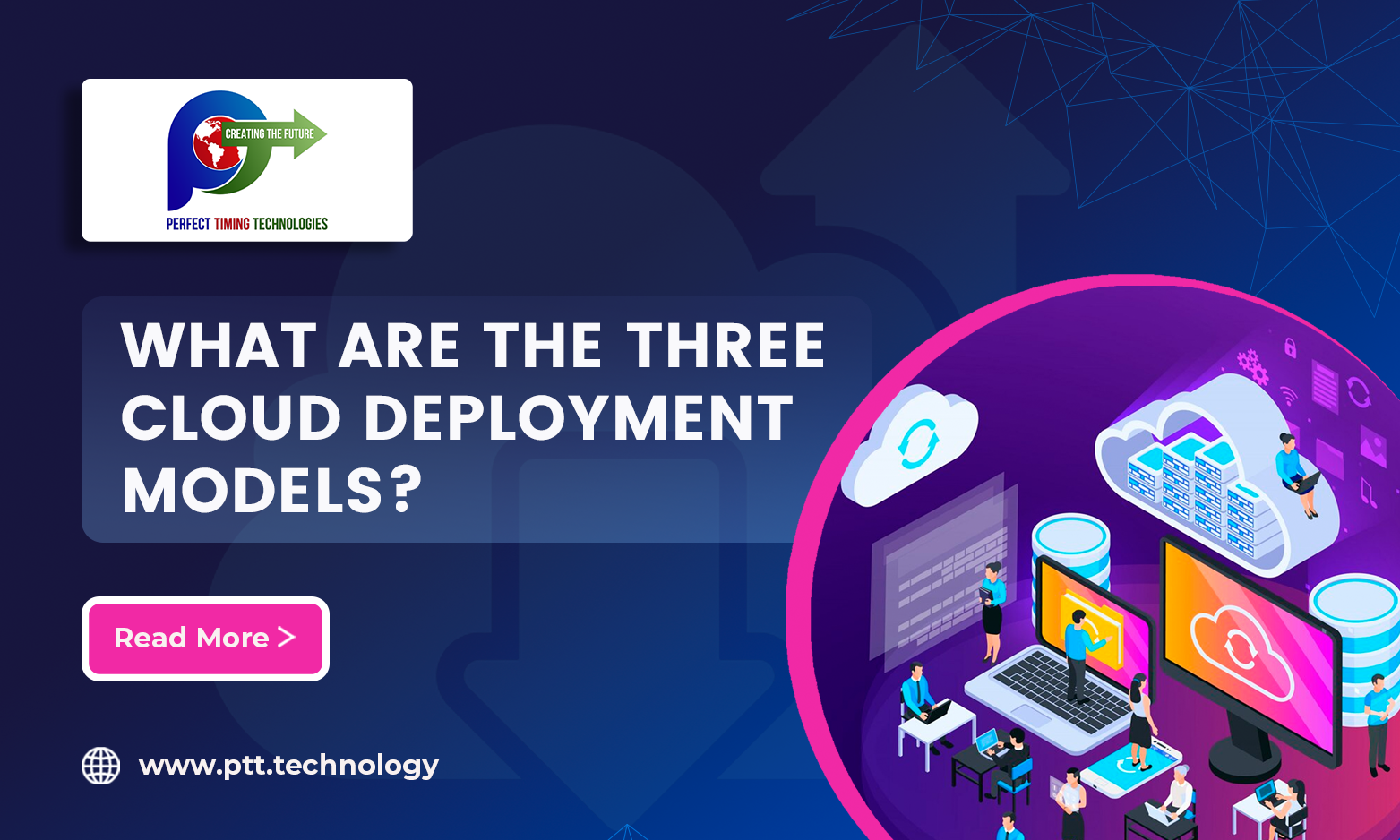
Building a solid cloud infrastructure helps businesses enhance scalability and efficiency. Three types of cloud infrastructure deployment models are adopted by different organizations.
Today, we shall uncover the different types of Cloud Infrastructure Deployment models.
Let us begin by briefly talking about Cloud Infrastructure.
What is Cloud Infrastructure?
Cloud infrastructure refers to the virtualized computing resources, such as servers, storage, and networks, available on demand over the Internet. It allows businesses to access scalable computing resources without investing in and maintaining their physical infrastructure. Cloud Infrastructure is used by organizations of all sizes to run their applications and services, store and manage their data, and collaborate with their teams from anywhere in the world.
Cloud Deployment Models
The three primary cloud infrastructure deployment models are as follows-
- Public Cloud: In a public cloud deployment model, cloud resources are owned and operated by a third-party cloud service provider and made available to the general public or a large customer base over the internet. Users can access and manage these resources on a pay-as-you-go basis. Some of the public cloud providers include Amazon Web Services (AWS), Microsoft Azure, and Google Cloud Platform (GCP).
- Private Cloud: A private cloud infrastructure is dedicated to a single organization and is hosted on-premises or by a third-party provider. It offers greater control, security, and customization, making it suitable for organizations with specific compliance or security requirements. Private clouds can be managed internally or by a managed service provider.
- Hybrid Cloud: A hybrid cloud combines elements of both public and private clouds. It allows data and applications to be shared between them. Organizations use a hybrid cloud to leverage the scalability and cost-efficiency of public cloud resources while keeping sensitive data or critical workloads in a private cloud for security and compliance reasons. Hybrid cloud setups can be complex, requiring integration and orchestration between the different cloud environments.
These deployment models provide organizations with options to choose the most suitable infrastructure based on their specific needs, whether they prioritize scalability, control, security, or a combination of these factors.
Benefits of Public, Private and Hybrid Cloud Deployment Model
Each cloud deployment model – public, private, and hybrid – offers its own set of advantages. Let us highlight the key benefits of each of these.
Public Cloud:
- Scalability: Public cloud providers offer on-demand resources, making it easy to scale up or down as needed. This elasticity is valuable for businesses with fluctuating workloads.
- Cost-Efficiency: Pay-as-you-go pricing models mean organizations only pay for the resources they use, eliminating the need for significant upfront capital expenditures.
- Global Reach: Public clouds have data centres in multiple regions worldwide, allowing businesses to reach a global audience more efficiently.
- Managed Services: Public cloud providers often offer a wide range of managed services, reducing the burden of infrastructure management and allowing organizations to focus on their core competencies.
- Rapid Deployment: Public clouds provide quick access to various resources, enabling faster development and deployment of applications and services.
Private Cloud:
- Control and Security: Organizations have greater control over their private cloud environments to enforce security policies and compliance requirements.
- Customization: Private clouds can be tailored to an organization’s needs, allowing for custom configurations and optimizations.
- Predictable Performance: Since private clouds aren’t shared with other organizations, performance is more predictable and consistent.
- Compliance: Private clouds are chosen by organizations with strict regulatory or compliance requirements, as they can implement the necessary controls and safeguards.
- Data Privacy: Sensitive data remains within the organization’s data centres or under their direct control, enhancing data privacy.
Hybrid Cloud:
- Flexibility: Hybrid clouds offer the flexibility to combine the advantages of both public and private clouds, allowing organizations to meet changing requirements and workloads.
- Cost Optimization: Organizations can use public cloud resources for non-sensitive workloads and private cloud for sensitive data, optimizing costs while maintaining control.
- Disaster Recovery: A hybrid cloud setup can serve as an effective disaster recovery solution, with data replicated between private and public clouds for added resilience.
- Resource Redundancy: It provides redundancy and failover options for critical workloads, ensuring high availability.
- Adaptability: Organizations can adapt their cloud strategy over time, transitioning more workloads to the public cloud as needed while keeping sensitive data on the private cloud.
Conclusion
The choice of deployment model depends on an organization’s specific needs, budget, security requirements, and existing infrastructure. Many organizations find value in a combination of these models, adopting a multi-cloud or hybrid cloud approach to optimize their cloud strategy.
Try our ConiaSoft Cloud software designed exclusively by our expert software developers.







